Air purifiers have become essential tools in maintaining and improving indoor air quality, especially as environmental concerns and health awareness rise. These devices are adept at removing a variety of pollutants, including particulate matter, allergens, and pathogens from the air, making them invaluable in both homes and workplaces. As air quality directly impacts well-being and productivity, understanding the capabilities and types of air purifiers available is crucial for those responsible for ensuring a safe and comfortable indoor environment. This guide explores the latest in air purification technology, offering insights into selecting the most effective models for various applications as we move into 2024.
Table of Contents
1. Types and applications of air purifiers
2. Market overview in 2024
3. Key considerations for choosing air purifiers
4. Leading air purifiers and their features
1. Types and applications of air purifiers
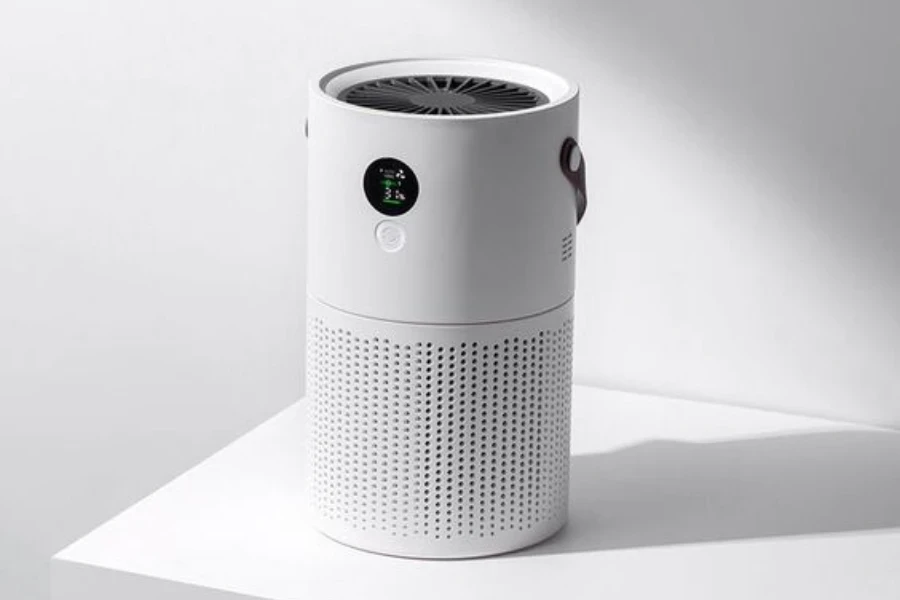
As environmental awareness and health concerns rise, air purifiers have become integral in enhancing indoor air quality across various settings. These devices employ several technologies to effectively remove pollutants like particulate matter, allergens, and pathogens, which significantly benefit user well-being and productivity. Understanding these technologies and their applications is essential for choosing the right air purifier to meet specific environmental needs.
Different technologies in air purification
1. HEPA technology: High-Efficiency Particulate Air (HEPA) filters are a staple in air purification, capturing 99.97% of particles that are 0.3 microns in diameter in a single pass. These filters are ideal for removing fine particles like dust, pollen, and mold spores, crucial for maintaining clean indoor air. For instance, the Coway Airmega AP-1512HH Mighty, highlighted by Wirecutter, showcases HEPA’s effectiveness in real-world settings, providing extensive coverage and superior air purification capabilities.
2. Activated carbon technology: While HEPA filters target particulate pollutants, activated carbon filters excel in removing volatile organic compounds (VOCs) and odors. These filters work through adsorption, effectively cleaning the air of chemicals and smells without reintroducing them into the environment. This technology is especially beneficial in settings where chemical pollutants are prevalent, such as near industrial sites or in newly renovated spaces.
3. Ionic technology: Air purifiers like the Sharp FXJ80UW combine HEPA and ionic technologies. They release ions that attach to and neutralize airborne pollutants. While effective, it’s crucial to choose models that do not produce harmful ozone as a byproduct. Ionic air purifiers are suitable for environments where microbial contamination is a concern, thanks to their ability to address bacteria and viruses effectively.
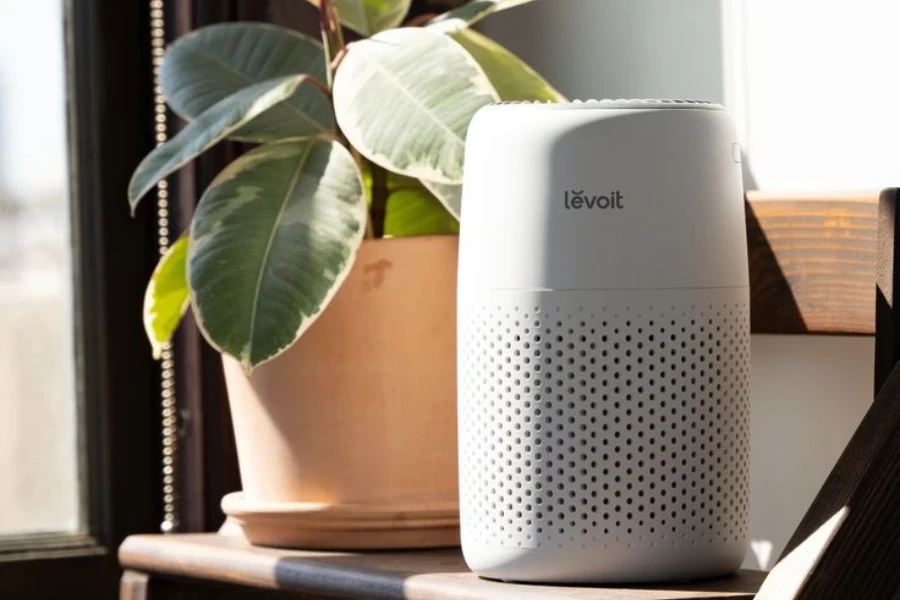
Common applications in residential and commercial spaces
1. Residential applications: In homes, air purifiers must cater to various room sizes and specific family needs, such as allergy relief or smoke elimination. Models with true HEPA filters are preferred for their ability to handle a broad range of household pollutants. The different settings on purifiers, as reviewed by sources like Tom’s Guide, ensure that devices can operate efficiently across various living spaces, from small bedrooms to larger living rooms.
2. Commercial applications: In commercial settings, the demand for air purifiers that can cover larger areas without compromising on air quality is critical. Devices like the Coway Airmega 250S, which offers extensive coverage and robust filtration capabilities, are ideal for workplaces. Commercial air purifiers often feature advanced technologies like smart sensors and customized filters to cater to the specific needs of the business environment, ensuring employee health and safety.
Understanding these technologies and their specific applications helps in selecting an air purifier that not only improves indoor air quality but also enhances overall comfort and health in both residential and commercial settings.
2. Market overview in 2024
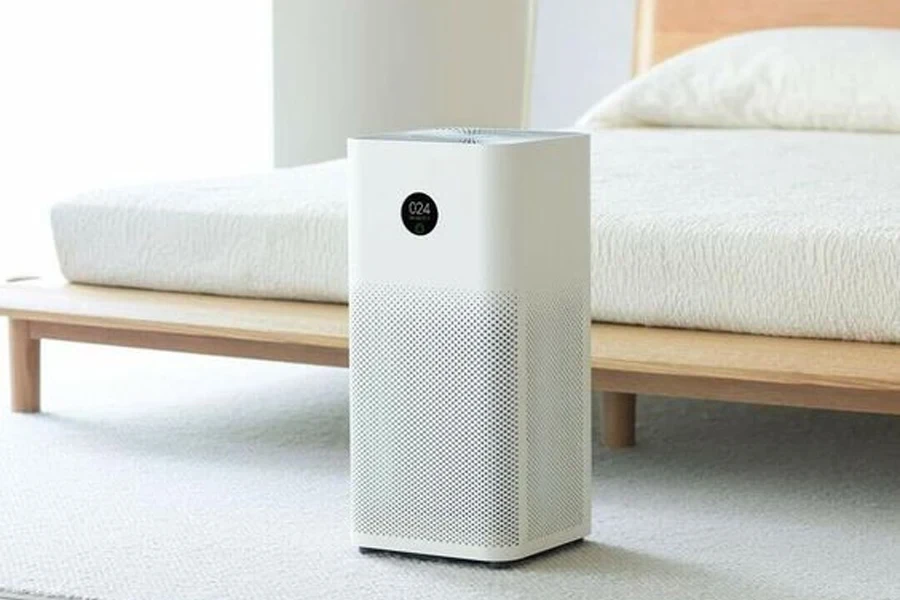
The air purifier market in 2024 continues to evolve rapidly, influenced by technological advances and shifting consumer priorities. These dynamics reflect a broader awareness of health and environmental issues, driving both the innovation in air purification technologies and the expansion of the market.
Experts currently value the global air purifier market at USD 13.97 billion in 2022, and it is projected to reach USD 15.83 billion in 2023. The market is expected to grow at a compound annual growth rate (CAGR) of 7.3% from 2023 to 2030, reaching USD 25.97 billion by 2030. The Asia Pacific region dominated the market with a revenue share of 42.6% in 2022. Meanwhile, the U.S. air purifier market was valued at USD 2.77 billion in 2022 and is expected to reach USD 4.19 billion by 2028. Additionally, the global air purification market is projected to achieve a market value of USD 142.93 billion by 2032, with a robust CAGR of 17.7% during the forecast period from 2022 to 2032.
Recent trends in air purifier technology
Technological advancements in air purifiers are marked by increased efficiency and integration of smart features. Innovations such as more refined HEPA filters, enhanced activated carbon layers, and the development of more effective ionic purifiers underscore this trend. Manufacturers are also emphasizing the reduction of ozone emissions in ionic purifiers, aligning with environmental health standards. The inclusion of smart technology, such as IoT connectivity, allows for real-time air quality monitoring and control from mobile devices, appealing to tech-savvy consumers and those seeking convenience and efficacy in maintenance.
A significant trend is the customization of air purifiers, with models offering a variety of settings to cater to specific pollutants like smoke, dust, and pollen, each adjusted for different environments. This adaptability is crucial in settings ranging from residential to industrial, where the nature of air contaminants can vary dramatically.
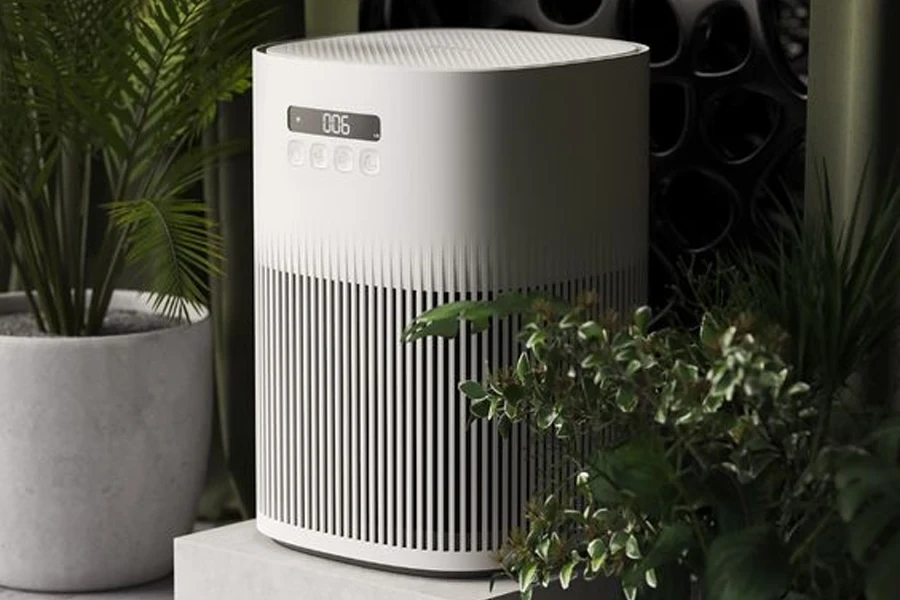
Consumer demand and market growth
Consumer demand for air purifiers has surged, driven by increased health consciousness and the prevalence of urban pollution, including particulates from traffic and industrial activities. The market has seen a particular rise in demand for models that can efficiently remove a broad spectrum of pollutants, including VOCs and pathogens, which are of concern in densely populated areas.
Data indicates that the market for air purifiers is expected to grow significantly, with projections showing a continuous rise through the decade. This growth is not only fueled by demand in residential spaces but also in commercial and healthcare settings where air quality control is crucial for safety and operational efficiency. The expansion is further supported by a broadening consumer base that now includes not just allergy sufferers but also those interested in general wellness and disease prevention.
As the market expands, competition among manufacturers is intensifying, leading to rapid innovations and the release of products that promise to meet the specific needs of diverse consumer segments. This competitive landscape is likely to drive further advancements in air purifier technology, making air quality management more effective and accessible.
3. Key considerations for choosing air purifiers
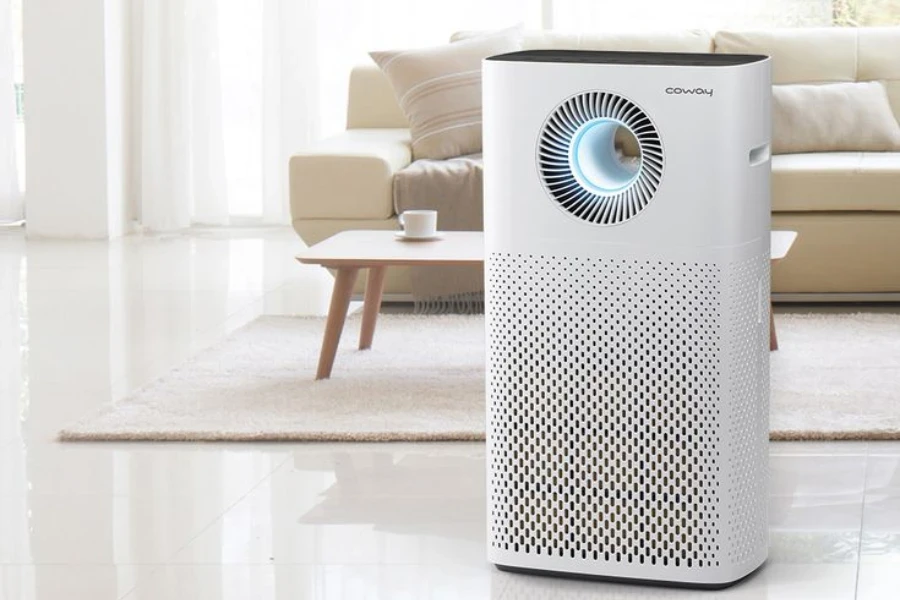
Selecting the right air purifier involves understanding various factors that can influence their effectiveness in different environments. These considerations ensure that the selected models not only meet specific needs but also offer efficiency, cost-effectiveness, and ease of maintenance.
Evaluating purification needs based on environment
The first step in choosing an air purifier is assessing the specific environmental needs. Different environments, whether they be residential, commercial, or industrial, present varied air quality challenges. For instance, residential settings might require purifiers that are effective against pet dander and pollen, while commercial spaces may need units that can handle high volumes of traffic-related pollutants or industrial byproducts. Studies indicate that air purifiers equipped with HEPA filters are highly effective across various indoor settings, significantly reducing particulate matter levels. The effectiveness of these devices can vary, with some purifiers better suited to smaller particles and others designed to capture larger particulates more efficiently.
Importance of CADR ratings and room size compatibility
The Clean Air Delivery Rate (CADR) is a critical metric that indicates the volume of filtered air an air purifier delivers per minute. This rating helps consumers understand how well a unit can purify the air in a particular size room. The higher the CADR rating, the more effective the purifier is at cleansing the air within a larger area. When selecting an air purifier, matching the CADR to the room size where it will be used is essential to ensure optimal air cleaning efficiency. Models with higher CADR ratings tend to provide better overall air purification, making them suitable for larger or more polluted spaces.
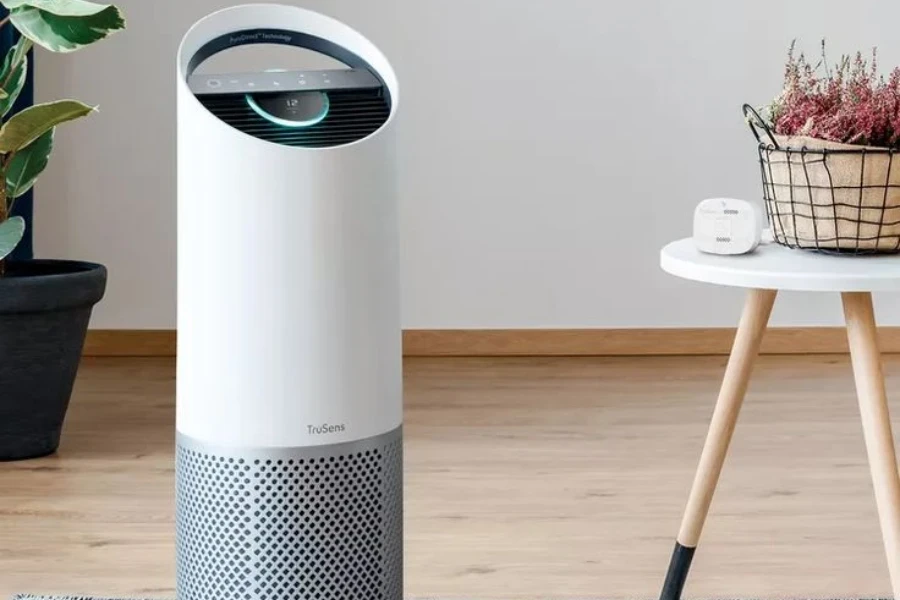
Cost and maintenance considerations
When evaluating air purifiers, it is important to consider not only the initial purchase price but also the long-term costs associated with maintenance and filter replacements. HEPA filters, while highly effective, can be costly to replace and typically need to be changed every six to twelve months depending on usage. Additionally, some air purifiers come with washable pre-filters which can help extend the life of the more expensive HEPA filters. Energy efficiency is another consideration as some models can consume a significant amount of power, especially when used continuously. Prospective buyers should look for energy-efficient models that offer low ongoing operational costs.
By carefully considering these key factors—environmental needs, CADR ratings, and cost considerations—buyers can select air purifiers that provide the best balance of air purification, energy efficiency, and economic operation. This careful selection process ensures that the air purifier not only meets specific needs but also operates effectively and efficiently in the intended environment.
4. Leading air purifiers and their features
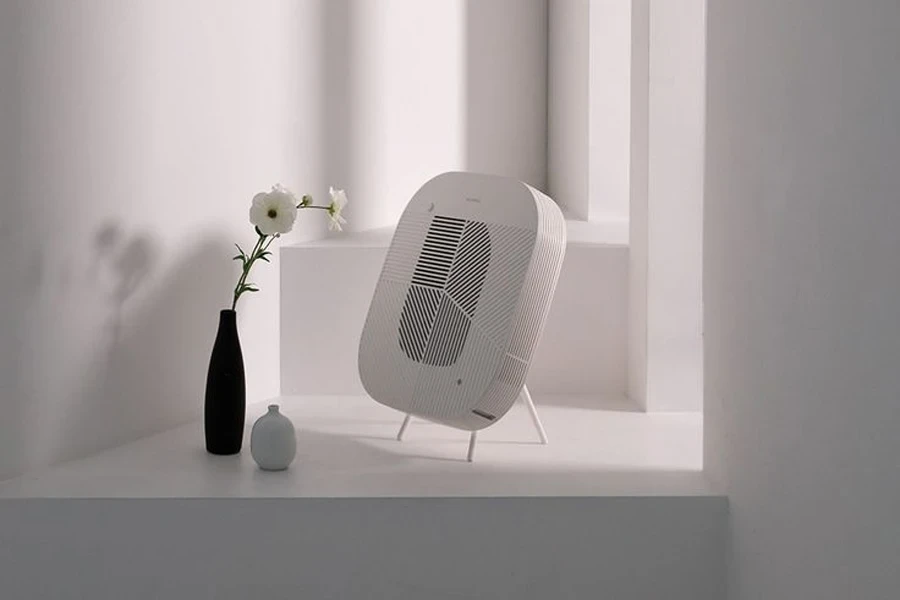
In 2024, the air purifier market showcases a variety of models that cater to different needs, from residential to commercial applications. These units are designed with advanced technologies and feature sets that address specific air quality concerns, ensuring efficient pollutant removal and improved indoor air environments.
High-performance models for residential use
For home environments, the selection of air purifiers is particularly critical due to the varied living conditions and specific needs of families. Models like the BlueAir Blue Pure 311i Max stand out for their efficiency in medium-sized spaces, noted for their quiet operation and reasonable price point. These residential purifiers typically incorporate HEPA filters, capable of removing at least 99.97% of airborne particles of 0.3 microns in size, making them highly effective against common allergens such as pollen, dust, and pet dander.
Many high-performance residential air purifiers also include activated carbon filters to handle gases and odors, enhancing the overall air quality. Smart features are becoming standard, with connectivity options that allow for monitoring and control via smartphones, adding a layer of convenience for users. The right model for a home will depend significantly on the room size, with purifiers like the Coway Airmega 400 capable of handling spaces as large as 1,500 square feet.
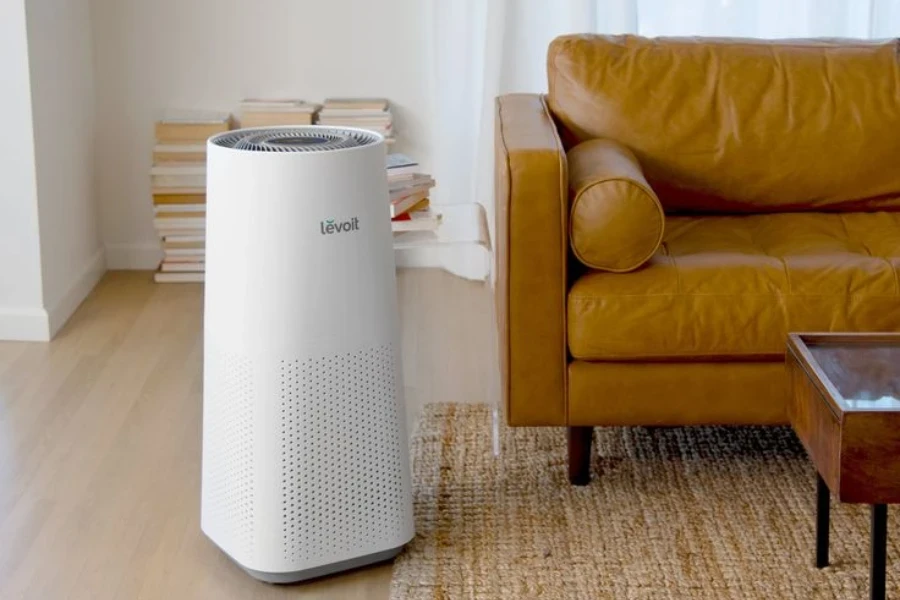
Optimal choices for commercial applications
In commercial settings, where air purification needs can encompass large areas and heavier usage demands, robust models are essential. Units designed for these environments, such as the Coway Airmega 400 mentioned earlier, not only cover extensive areas but also offer advanced filtration technologies that support continuous operation with minimal maintenance.
Commercial air purifiers often incorporate a combination of HEPA and activated carbon filters, alongside innovations such as ionic filtration and UV light, to enhance the air quality and safety of business environments. These features are crucial in settings like offices, hospitals, and schools, where air quality directly impacts health and productivity. The additional capabilities of handling high volumes of air and effectively removing a wide range of pollutants make these purifiers ideal for commercial applications.
Choosing the right air purifier, whether for residential or commercial use, involves considering the specific needs of the environment, the technologies offered, and the purifier’s capacity to handle the intended space. As the market continues to evolve, the emphasis on combining high efficiency with smart technology and ease of use remains paramount in the selection of both residential and commercial air purifiers.
Conclusion
The rapid evolution of air purifier technologies and the diverse applications in residential and commercial settings underscore the importance of selecting the right models to meet specific environmental needs. Whether aiming to enhance a home’s air quality or ensuring healthier air in larger commercial spaces, the choice of air purifiers should be guided by precise understanding of area requirements, pollutant types, and filter efficiencies. The informed selection of these devices is crucial for optimizing indoor air quality and enhancing well-being and productivity across various settings.



